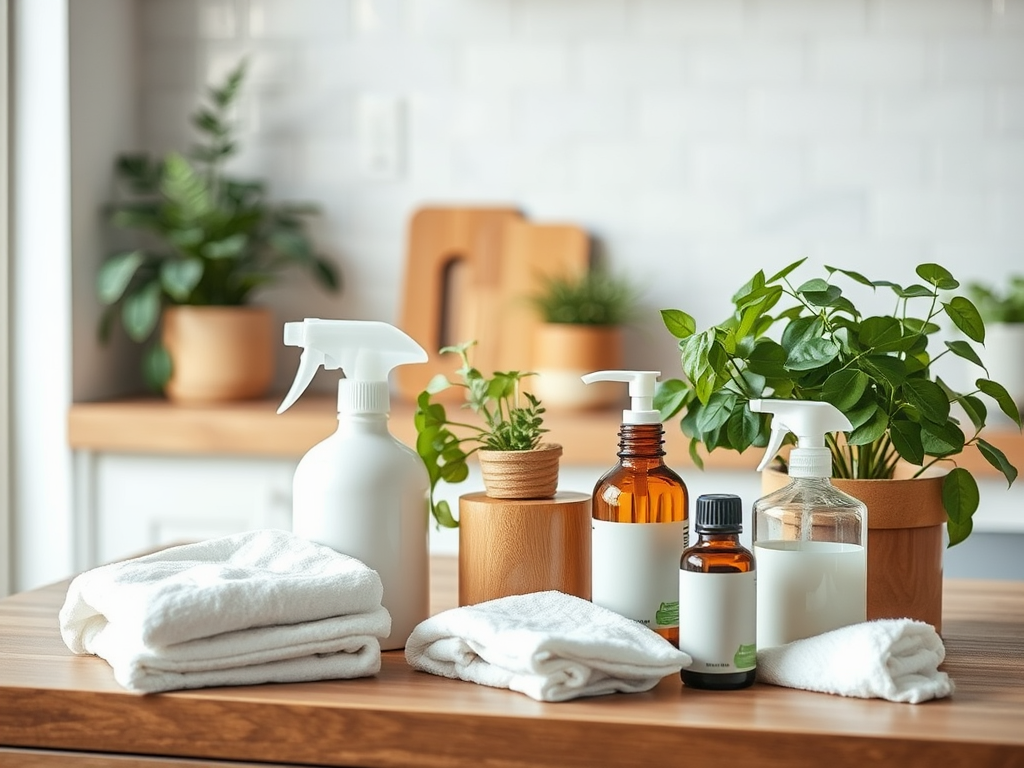The sight of a small insect scurrying across your bedding can evoke feelings of dread and concern about an impending pest invasion. Especially when it resembles a bed bug—an unwelcome intruder known for its blood-sucking behavior. However, not all insects that look like bed bugs are actually the notorious pests you might fear. Some of these insects share similar features but are harmless and may not require extensive pest control efforts. Gaining a clear understanding of these bugs can equip you better to handle any insect encounter without unnecessary alarm.
In this article, we will delve into the fascinating world of bed bugs and their doppelgangers, exploring their distinct characteristics, safe cleaning methods, and practices to maintain a pest-free home environment. Armed with this knowledge, you’ll be able to discern genuine threats from harmless lookalikes, transforming fear into informed action. Whether you’re simply trying to identify an insect or seeking to establish cleaning routines to keep unwanted guests at bay, this guide is here to elevate your understanding and practices.
Understanding Bed Bugs

Bed bugs are small, nocturnal insects that thrive in warm environments close to their human hosts. They are most notorious for their tendency to hide in bedding, mattresses, and upholstered furniture, making their presence particularly alarming. A bed bug’s life cycle includes eggs, nymphs, and adults, and they can reproduce quickly if left unchecked. This rapid reproduction is one of the reasons they are often perceived as a significant problem in many households.
Knowing how to identify bed bugs is crucial. Here are some key characteristics that define them:
- Flat, oval-shaped bodies that allow them to hide easily in crevices.
- Reddish-brown coloration, giving them a slightly rusty appearance.
- Adult bed bugs are roughly the size of an apple seed (about 4-5 mm).
- They are primarily active at night, feeding on blood while people sleep.
- Bed bugs also leave behind small, rust-colored stains on bedding, which can indicate their presence.
Common Insects That Resemble Bed Bugs

Not every insect that looks like a bed bug is dangerous. Several insects may fool you just by their appearance, which can lead to misidentification and irrational fears. Understanding these insects helps demystify the situation. Here are a few that are often mistaken for bed bugs:
Bat Bugs
Bat bugs are one of the closest relatives of bed bugs, typically residing in environments associated with bat colonies. Despite their similarities, bat bugs have longer hairs on their bodies. They are primarily recognized by their associated presence rather than by their behavior. Unlike bed bugs, bat bugs feed on the blood of bats rather than humans, which makes them less concerning for your household.
Spider Beetles
Spider beetles are another insect that may be confused for bed bugs due to their size and shape. However, they typically have a shinier, smoother appearance and are usually lighter in color. Often found in stored food products, they can pose an entirely different set of issues in the home environment. An infestation may call for unique management strategies distinct from those required for bed bugs.
Fleas
Fleas might share a similar size but are much more agile and can jump quite effectively. They have darker bodies than bed bugs and are commonly associated with pets like cats and dogs. The key difference lies in their behavior and feeding habits. A flea infestation would indicate issues related to pets rather than a bed bug problem.
| Insect | Appearance | Feeding Habits |
|---|---|---|
| Bed Bugs | Flat, oval, reddish-brown | Humans’ blood at night |
| Bat Bugs | Similar to bed bugs, longer hairs | Bats’ blood, not humans |
| Spider Beetles | Shiny, smooth, often lighter | Stored food products |
| Fleas | Small, dark, very agile | Pets’ blood |
Safe Cleaning Practices
When it comes to managing the environment where bed bugs and their lookalikes may reside, establishing safe cleaning practices is essential. These practices can minimize the risk of infestations and assure you of a clean and secure living space. Start with these practices to set your preventive measures in motion.
Regular Cleaning Routines
Establishing a consistent cleaning routine can greatly reduce the likelihood of encountering these pests in your home. Here’s how you can incorporate this into your weekly activities:
- Vacuuming: Regular vacuuming is a fundamental step. Be diligent in vacuuming areas where bed bugs might hide, including the seams of mattresses, under furniture, and along baseboards.
- Washing Bedding: Regularly washing your bedding in hot water (at least 120°F) is effective in killing off anything that might be lurking.
- Decluttering: Reducing clutter around your home makes it less conducive for pests to hide. Keep your living spaces organized and tidy.
Chemical-Free Solutions
For those cautious about chemical treatments, several effective chemical-free solutions can deter pests without compromising safety. Consider employing these natural alternatives:
- Diatomaceous Earth: This natural powder can be sprinkled in areas where insects are sighted. It works by disrupting their exoskeletons and dehydrating them.
- Essential Oils: Oils such as tea tree and lavender have longstanding reputations for their insect-repelling properties. Dilute them with water and spray in areas of concern.
- Soap and Water: A simple mixture can help wash away pests from surfaces, effectively lowering their numbers.
When to Seek Professional Help
If a pest issue escalates or if you’re uncertain of the nature of your problem, don’t hesitate to contact pest control professionals. They can provide targeted assistance and offer specific treatments tailored to your situation. Investing in professional help can save you time and potentially larger expenses down the road. Sometimes, what appears to be a minor issue may signify more profound infestations requiring expert intervention.
Conclusion
Recognizing insects that resemble bed bugs is not only essential for peace of mind, but also for maintaining a healthy household. By adopting these safe cleaning practices, you can enjoy a comfortable living space tailored to your needs. An informed approach will prepare you to tackle any potential intruder effectively, allowing you to prevent infestations before they start. Following these guidelines will ensure your home remains a sanctuary free from unwanted pests.
Frequently Asked Questions
- What do bed bugs look like? Bed bugs are small, flat, and oval-shaped, generally brown in color, and about the size of an apple seed.
- How can I tell if I have bed bugs or another insect? Look for signs such as shed skins, bites on the skin, or blood spots on your bedding, which are more common with bed bugs.
- Are bat bugs dangerous? While bat bugs are not harmful to humans, they can indicate the presence of bats nearby, which could pose other risks.
- Can I get rid of these pests with DIY methods? Yes, regular vacuuming, washing fabrics, and using natural repellents can be effective, but professional help may be advisable for larger infestations.
- How often should I clean to prevent pests? Regular cleaning once a week is recommended, especially in sleeping areas, to help prevent infestations.


